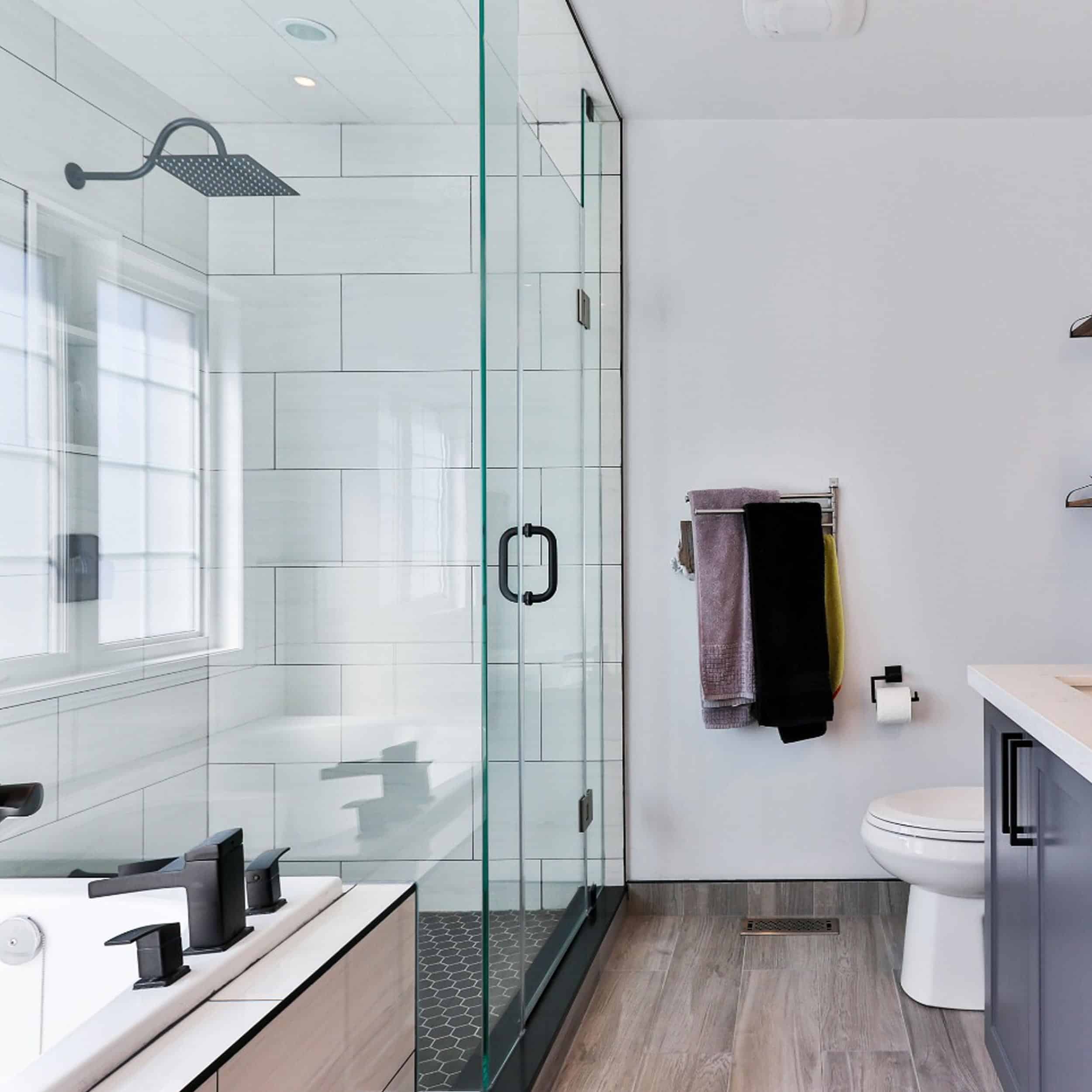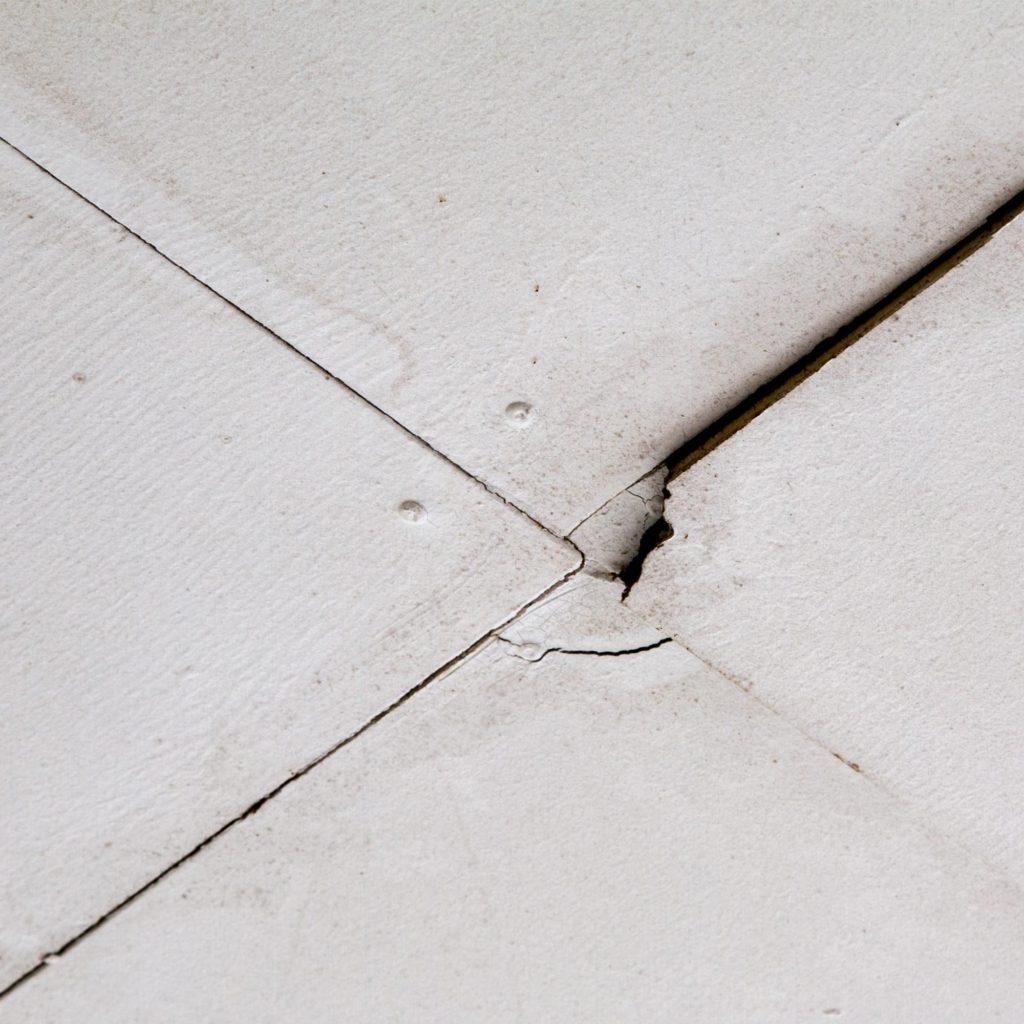In today’s hectic lifestyle, many look forward to taking a nice warm bath after a hard day’s work to relax, making our bathrooms an essential sanctuary. Being constantly exposed to high volumes of water, toilets are specially designed to accommodate such water flows especially in terms of waterproofing. However, this does not mean that the waterproofing system will withstand the test of time as it is bound to wear and breakdown over time. Whilst the quality of work might prolong the lifespan, everyone will face water leaks sooner or later.
Bathroom leaks might cause problems that range from being simple to complex in nature as it might not only affect yourself but your neighbouring unit directly below yours. Similarly, you might also be affected by your neighbouring unit directly above. Thus, it is vital in identifying toilet leaks as early as possible to prevent the problems from escalating, resulting in higher costs and potential conflicts with neighbours.
Signs that your bathroom is already leaking will be yellowish stain marks or peeling wall paint. If the leaks are severe enough, it might even result in swelled up walls or floorings in the adjacent room connecting to the toilet. If there is wood present, especially so for doorframes or flooring, mould might also appear and they might start to rot if the problem is left unchecked. Water stain marks from the joints between the ceiling and wall could also indicate that your neighbouring unit directly above is facing water leaks and you should inform them immediately!
As our toilets are almost always wet, identifying the source of leak might not be as straightforward. Experience plays a big part in spotting the telltale signs of where the leak is coming from. Here at SWC Construction, we complement our years of experience with our LeakDetect technology which aids us in narrowing down to the exact sources of leakages. This will not only prevent unnecessary repair works but also lower the potential costs involved.
Bathroom toilet leakages may come from various sources. The most common points of entries for water are the joints between the wall and shower, tiled walls or tiled floors. Prolonged movement and interaction might cause the displacement of tiles and damage or crack the tile grout or it could be that the grout just wears of over time.
Various solutions can be applied depending on the cause of leak such as simply removing and reapplying fresh silicone sealant, or applying our Clear Penetrative Waterproofing Treatment (CPT) which is a non-invasive, hack-free and effective approach by using a penetrative waterproofing chemical solution. For more severe leaks that affect the walls or flooring of the adjacent room, High Pressure Polyurethane (PU) Injection Grouting which is a hack-free and long-term solution can be utilised.
If you wish to find out more, or have identified any of the mentioned signs or are already experiencing toilet leaks, do not hesitate to contact us for a free consultation or schedule a site visit for inspection!




